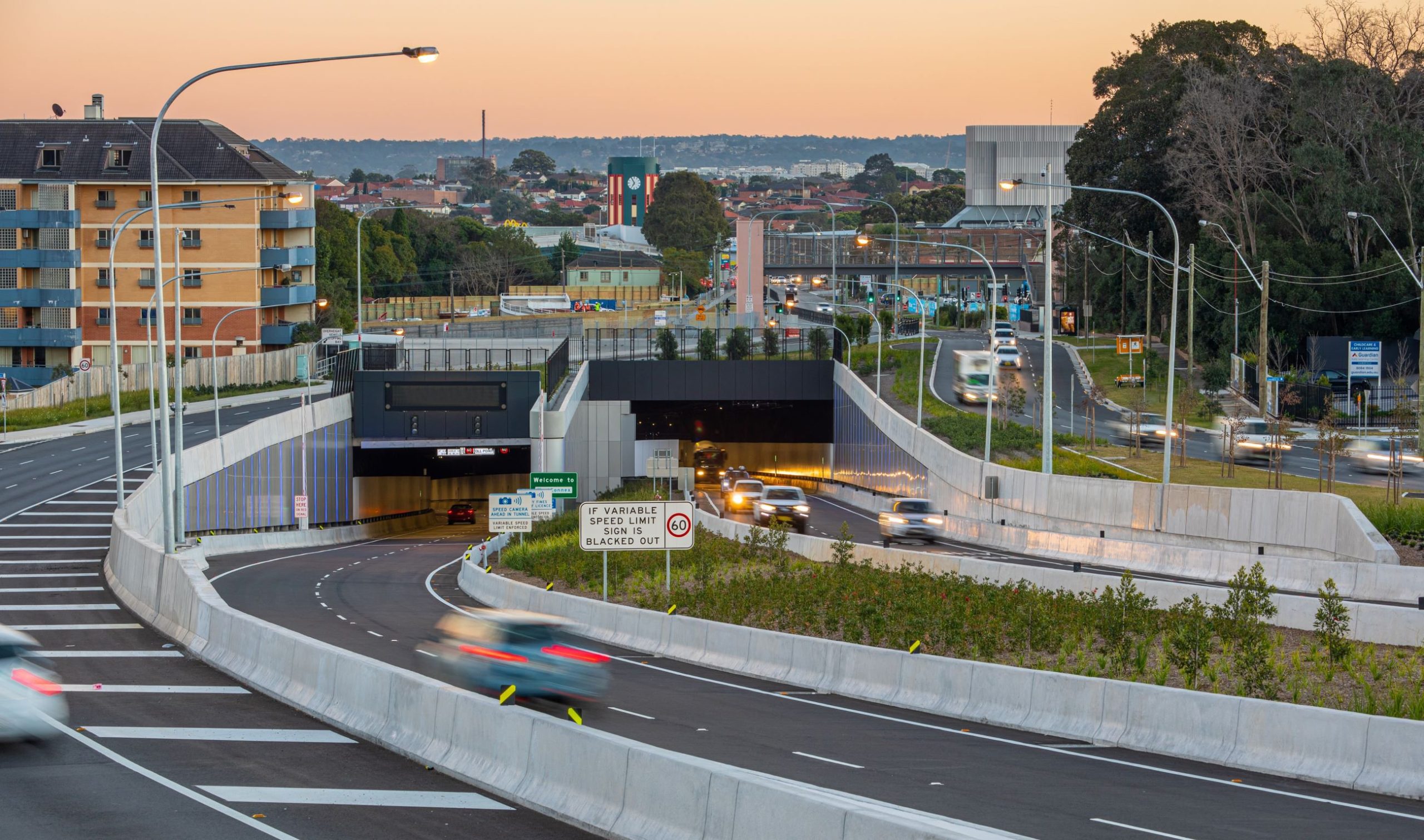
We look at where technology, design, and ambition meet, where visionary projects change how we think about what is possible. In civil engineering, building huge road tunnels is one of the few things that really captures this mentality. These aren’t just holes in the rock; they’re lifelines that connect people, conquer tough geology, and make long, intimidating landscapes into doable commutes.
Engineers have been digging deeper and longer than ever before in their effort to conquer mountains and seas. The Longest Road Tunnel in the World 2025 is more than just a record; it’s a picture of where technology is at its best right now. It is a multi-billion dollar investment in concrete, steel, and, most importantly, the safety and comfort of people. These underground highways have the latest ventilation systems, advanced lighting that helps keep drivers awake, and strong safety shelters. This makes driving through the middle of a mountain feel like a normal drive.
The list of the world’s longest tunnels is always changing as we look to the future. New initiatives are always starting up in China, Scandinavia, and other places, pushing the limits of what can be done. This list for 2025 shows how far the world has come. It includes both newly opened giants and famous tunnels that have been there for decades. It shows how different countries are dealing with the geological and logistical problems that their own land poses.
Nubia magazine welcomes you on an exciting trip underground in this issue. We will travel across continents, from Norway’s beautiful fjords to Australia’s huge megacities and China’s mountainous heart. Get ready to be astounded as we count down the top 10 longest road tunnels in the world, going into detail about the amazing engineering and other things that make each one a modern marvel in its own right.
List Of Top 10 Longest Road Tunnels In The World 2025
1. The Ryfylke Tunnel in Norway

The Ryfylke Tunnel is an important part of Norway’s infrastructure because it is the world’s deepest subsea road tunnel, with its lowest point being an incredible 292 meters below sea level. It opened in 2019 as part of the Ryfast project and connects the city of Stavanger with the municipality of Strand under the Horgefjord. This tunnel is an important part of National Road 13 since it replaces a long ferry ride and makes it possible to travel by road in all weather. Building a stable tunnel at such depths while dealing with huge amounts of water pressure was a huge engineering problem. The blue-tiled, well-lit inside of the tunnel is an experience in itself for drivers. It has subtle twists and variations in elevation that keep drivers awake during the 15-minute submerged transit. It is a masterclass in underwater engineering and proof that Norway is serious about reuniting its beautiful, fjord-dissected coastline.
2. Zigana Tunnel in Türkiye
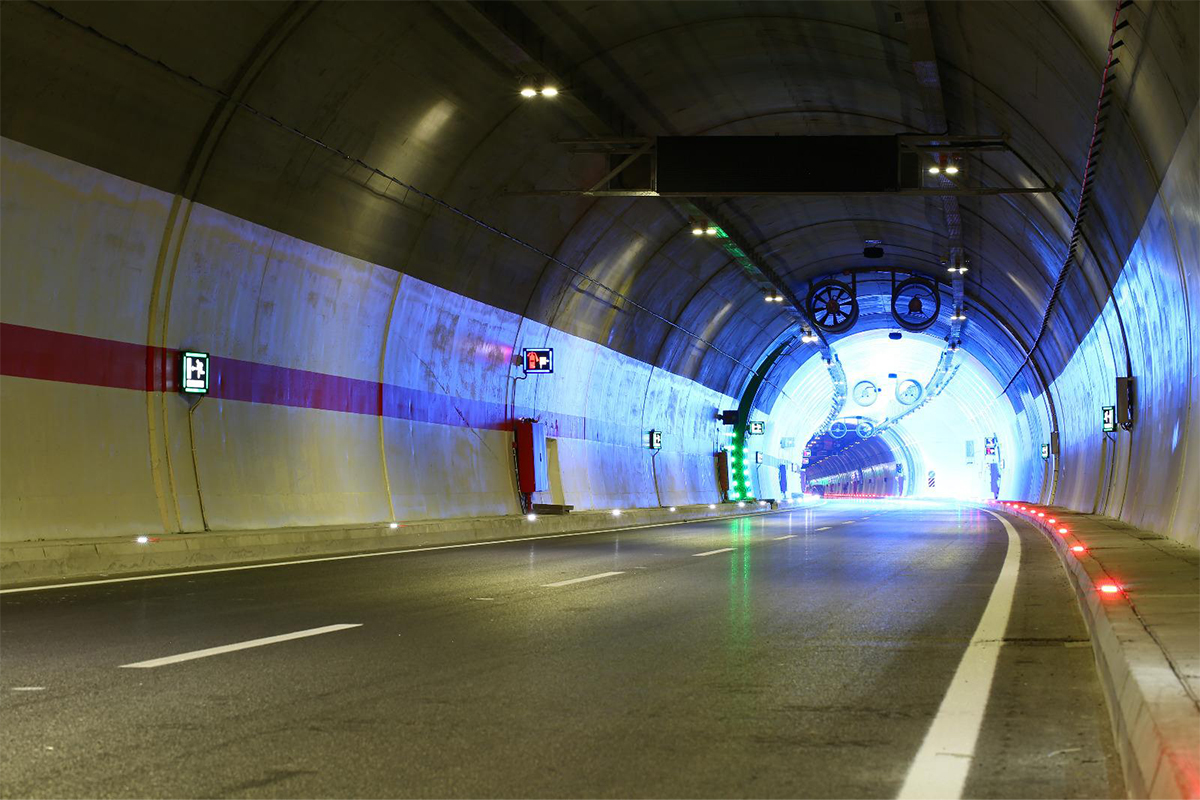
Türkiye’s Zigana Tunnel is one of the longest and most difficult mountain tunnels ever built in the country. It is part of a huge effort to change the way people move in the Black Sea region. It will be finished soon and will go via the Zigana Mountain in the Pontic range. This area is known for its hard winters and excessive snowfall, which can close the current high-altitude route for months at a time. The tunnel is an important part of the Gümüşhane-Trabzon highway, which is meant to provide a secure, rapid, and continuous connection all year long. It will cut travel time by a lot, make trading easier in the area, and make it easier to go around. The Zigana Tunnel is a sign of Türkiye’s developing skill in big infrastructure projects because it needed cutting-edge engineering to deal with its complicated geology, which included dangerous fault lines and water coming in.
3. Muzhailing Tunnel in China

The Muzhailing Tunnel goes through the tough Muzhailing Mountain in Gansu Province and is an important part of the G75 Lanzhou-Haikou Expressway. This twin-tube tunnel is an engineering marvel that has crossed one of the hardest parts of western China’s topography. The area has complicated geological features, such as a lot of earthquakes, soft rock, and high groundwater pressure, which made building it very hard. In an area where the only way to get about was on twisting mountain roads, its completion has made mobility much safer and more efficient. For Nubia magazine’s engineers and readers, the Muzhailing Tunnel is a great illustration of how China can turn its roughest terrain into a connected national highway system.
4. Tiantaishan Tunnel in China
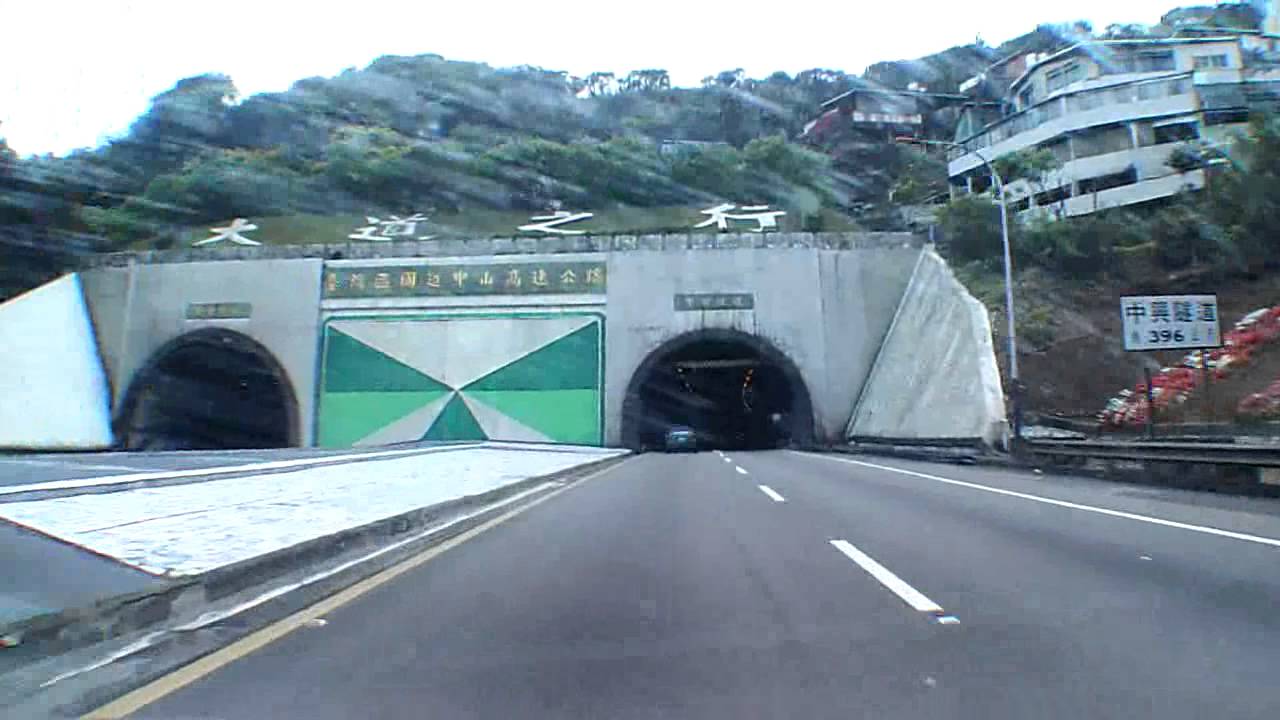
The Tiantaishan Tunnel is an important portion of the G30 Lianhuo Expressway. It is located in the mountains of Gansu Province. This important east-west corridor is a key part of the country’s “Belt and Road” plan, which helps people and products move around. Building the tunnel was necessary to get around the dangerous and high Tiantai Mountain, which was a severe traffic jam. It has made the road safer, shortened travel times, and increased economic growth along this important route by providing a smooth, all-weather path. To keep the thousands of cars that go through the tunnel every day safe, it has modern ventilation, lighting, and monitoring systems. This shows how China is using smart technology to improve its huge infrastructure.
5. The Gotthard Road Tunnel in Switzerland

The Gotthard Road Tunnel is a famous tunnel that runs through the Swiss Alps. It was the longest road tunnel in the world for decades, and it is still an important route for travel between northern and southern Europe. Under the Saint-Gotthard Massif, it carries a huge amount of passenger and business traffic. However, its age and a major fire in 2001 made it clear that it needed to be replaced with something more modern. It is still in business, but its legacy is huge. It made way for the Gotthard Base Tunnel, which is significantly longer and is for trains. Driving through the Gotthard Road Tunnel is like going back in time to when it was built. It’s a single-tube, two-way tunnel that needs drivers to pay attention and show respect. The Nubia magazine team knows how important it has been, even though it will soon be overshadowed.
6. Jinpingshan Tunnel in China
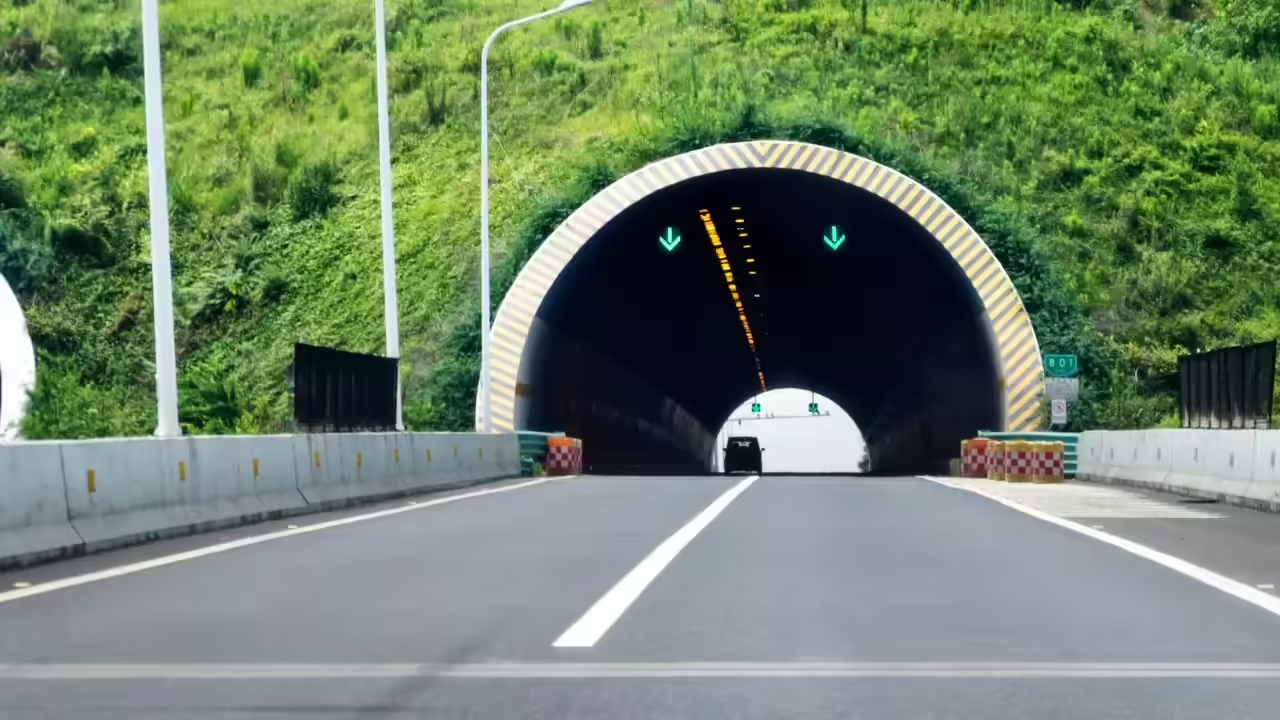
The Jinpingshan Tunnel is in Sichuan Province, which is noted for its steep and rocky terrain. The Ya’an-Xichang Expressway runs through the seismically active and mountainous southwest China. This tunnel is an important part of the road. Building this tunnel was a huge job that required drilling through hard rock and figuring out how to get around complicated geological fault zones. Finishing it was a big step forward. It cut down travel time between two key regional hubs by a lot and made the roads much safer than the ones that are prone to landslides. It is an important piece of infrastructure for regional growth and disaster preparedness since it makes it possible to get around in a region that is otherwise cut off.
7. Japan’s Yamate Tunnel
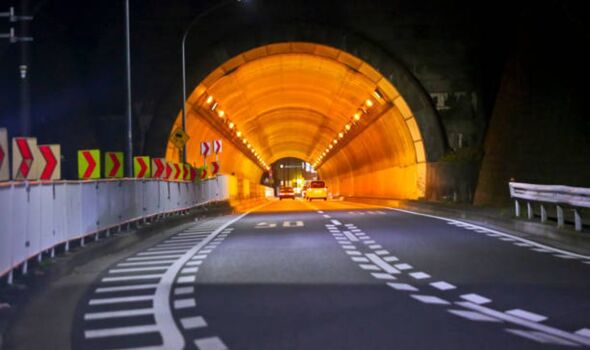
The Yamate Tunnel is an amazing piece of urban engineering, unlike the isolated mountain and underwater tunnels on this list. It located in the middle of Tokyo and is the main portion of the C2 Central Circular Route, which is an important beltway that was built to help with the city’s legendary traffic jams. This huge project goes deep under one of the world’s most crowded megacities, which is also full of infrastructure. The Yamate Tunnel is a two-bore tunnel that goes under busy areas including Shinjuku, Shibuya, and Minato, among others. To avoid existing subway lines, utility tunnels, and building foundations, careful planning was needed for its construction. This made it one of the most complicated urban tunneling projects ever done. It shows how precise Japanese engineering and city planning can be.
8. Zhongnanshan Tunnel in China

The Zhongnanshan Tunnel, which goes through the Qinling Mountains in Shaanxi Province, was the longest twin-tube highway tunnel in the world when it opened. This mountain range is a big cultural and geographical border between the north and south of China. The tunnel is an important part of the G65 Baotou-Maoming Expressway. It took five years to build, and it was a historic project that had to deal with problems including high temperatures and hard rock. The tunnel complex has distinctive “sky lights”—vertical shafts that open to the surface to let in natural light and fresh air. This architectural feature helps keep drivers awake and increases ventilation, which we at Nubia magazine think is very creative.
9. WestConnex in Australia

WestConnex in Sydney is not just one tunnel; it’s a network of interconnected roads and tunnels that will change the way people travel. It’s the biggest transportation project in Australia’s history. The M4-M5 Link tunnels, for example, don’t have the longest individual tunnels, but they do make a continuous subterranean freeway that is one of the longest urban tunnel systems in the world. The main purpose of WestConnex is to connect important portions of Western Sydney with the city center and the airport while avoiding dozens of traffic lights on surface roads and easing congestion. This huge project, which will keep changing after 2025, shows how modern cities are constructing down to tackle 21st-century traffic concerns by using smart motorway technology to manage traffic in real time.
10. Norway’s Laerdal Tunnel
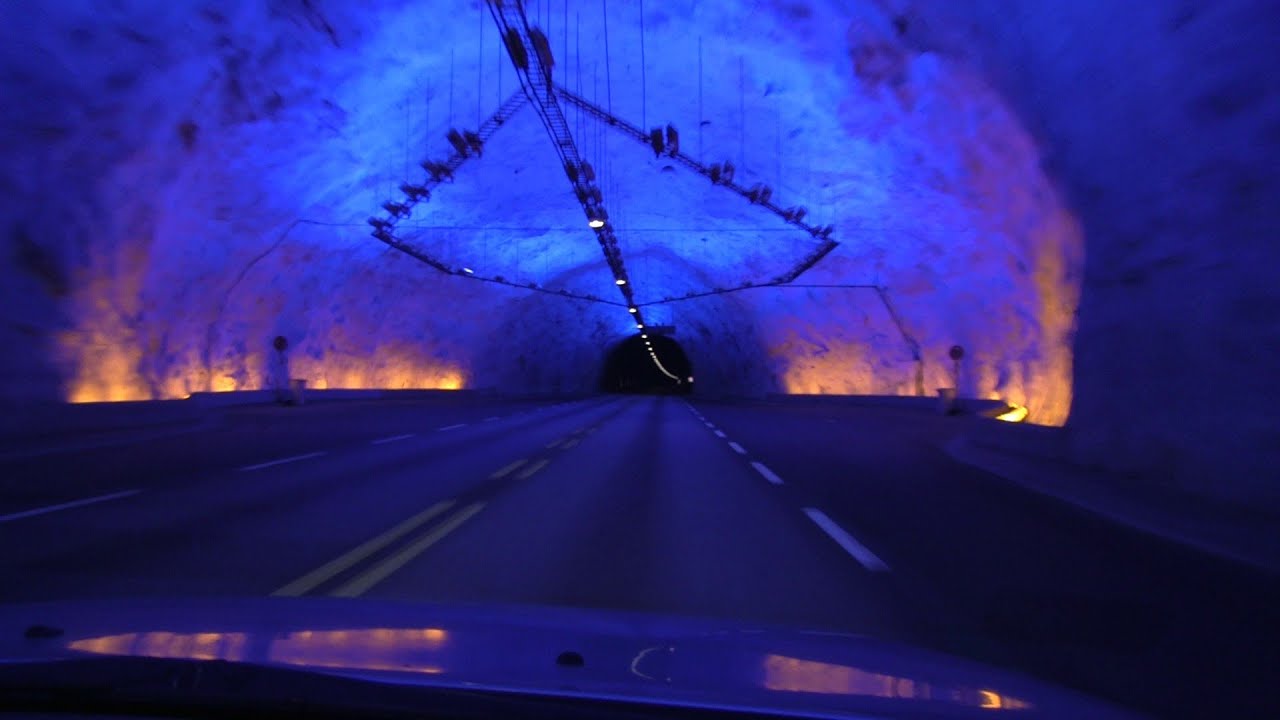
The Lærdal Tunnel is a permanent name on any such list and a work of art in engineering. It is still the longest road tunnel in the world with a continuous, hard rock passage. It connects Lærdal and Aurland and is an important all-weather link on the main road between Oslo and Bergen, avoiding a dangerous mountain pass. The Lærdal Tunnel is different from other tunnels since it was the first to focus on driver psychology and safety. The 20-minute drive is broken up by three big, beautifully lighted mountain caverns at around 6-kilometer intervals. These caves, which are lit up in blue and gold, are meant to break up the monotony, wake up drivers, and give emergency vehicles a place to turn around. It is the right mix of sheer engineering power and intelligent human-centered design. This project is a milestone that continues to excite the Nubia magazine team and the world.






xh1vgc